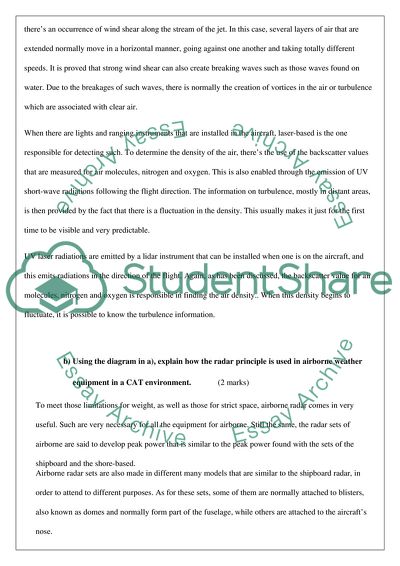Cite this document
(CAT Aircraft Make Use of Weather Radar Assignment Example | Topics and Well Written Essays - 3000 words, n.d.)
CAT Aircraft Make Use of Weather Radar Assignment Example | Topics and Well Written Essays - 3000 words. https://studentshare.org/engineering-and-construction/1836125-aircraft-systems
CAT Aircraft Make Use of Weather Radar Assignment Example | Topics and Well Written Essays - 3000 words. https://studentshare.org/engineering-and-construction/1836125-aircraft-systems
(CAT Aircraft Make Use of Weather Radar Assignment Example | Topics and Well Written Essays - 3000 Words)
CAT Aircraft Make Use of Weather Radar Assignment Example | Topics and Well Written Essays - 3000 Words. https://studentshare.org/engineering-and-construction/1836125-aircraft-systems.
CAT Aircraft Make Use of Weather Radar Assignment Example | Topics and Well Written Essays - 3000 Words. https://studentshare.org/engineering-and-construction/1836125-aircraft-systems.
“CAT Aircraft Make Use of Weather Radar Assignment Example | Topics and Well Written Essays - 3000 Words”. https://studentshare.org/engineering-and-construction/1836125-aircraft-systems.


